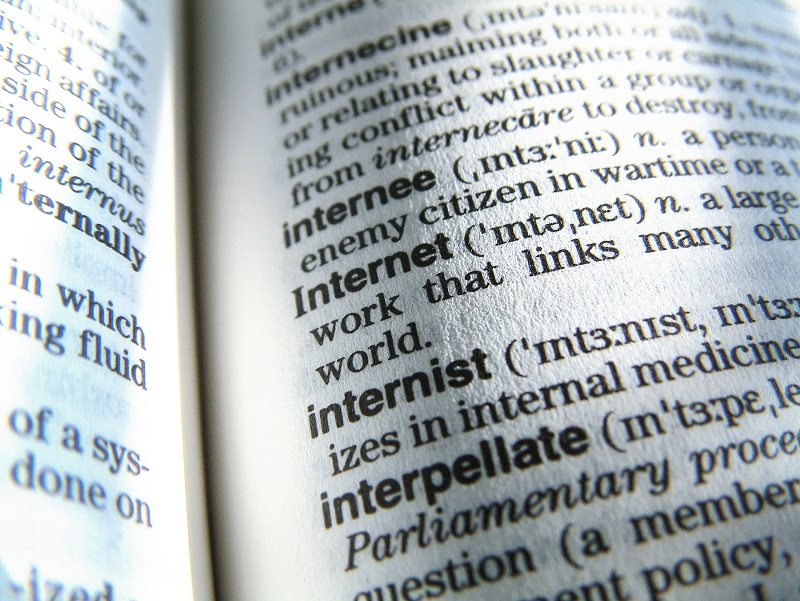Definition: An IP Address is used to uniquely identify devices on the Internet. In IPv4, the current standard, it is a 32-bit number made up of 4 8-bit blocks. In standard decimal numbers, each block can be any number from 0 to 255. A standard IP Address would look something like “192.168.45.28”.
Part of the address is the network address which narrows the search to a specific block- similar to the way your postal mail is first sent to the proper zip code. The other part of the address is the local address that specifies the actual device within that network- similar to the way your specific street address identifies you within your zip code. A subnet mask is used to determine how many bits make up the network portion and how many bits make up the local portion.
- From Alert Fatigue to Cyber Resilience: Rethinking the Future of the SOC with AI - November 7, 2025
- Cybersecurity’s Unsung First Responders Step Into the Spotlight - October 16, 2025
- How AI and Integration Are Transforming Software Security - October 13, 2025
